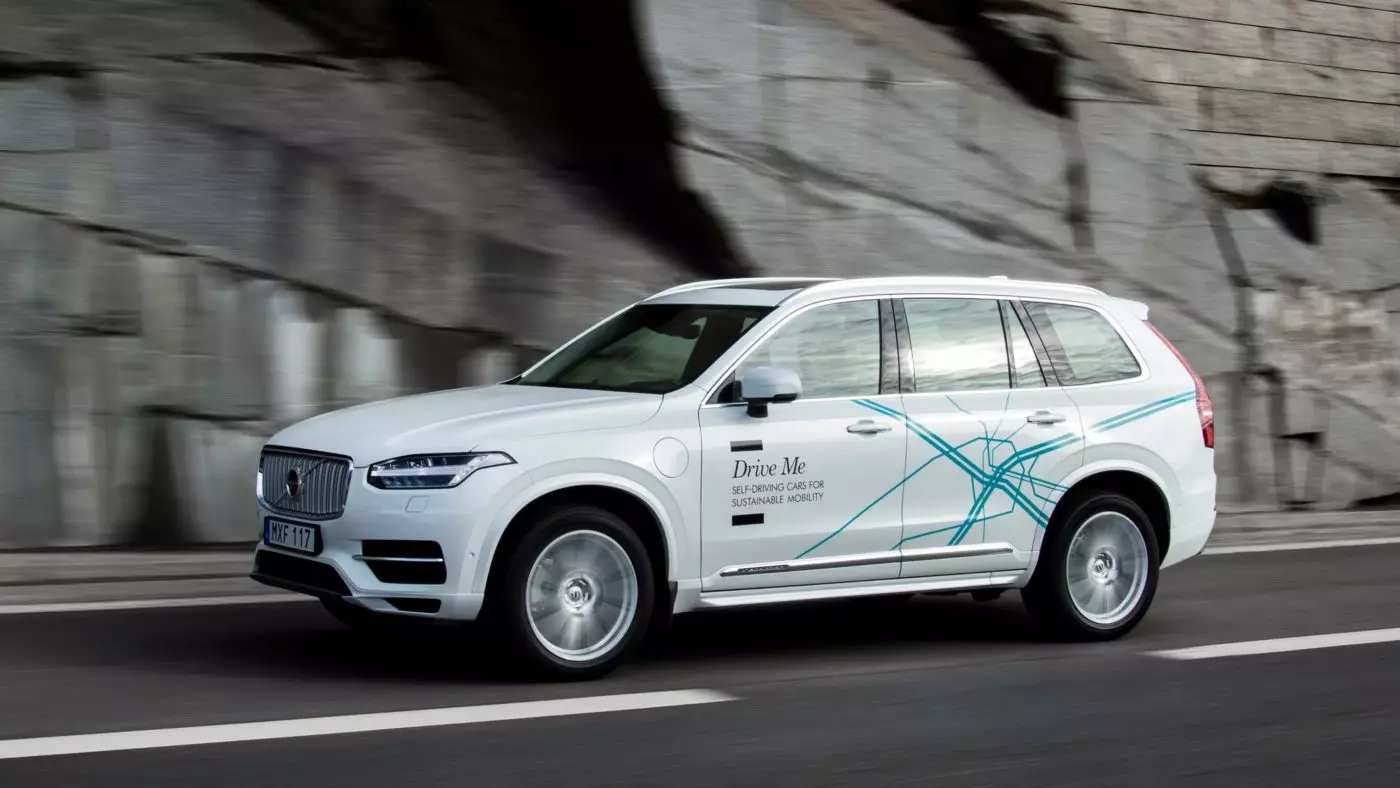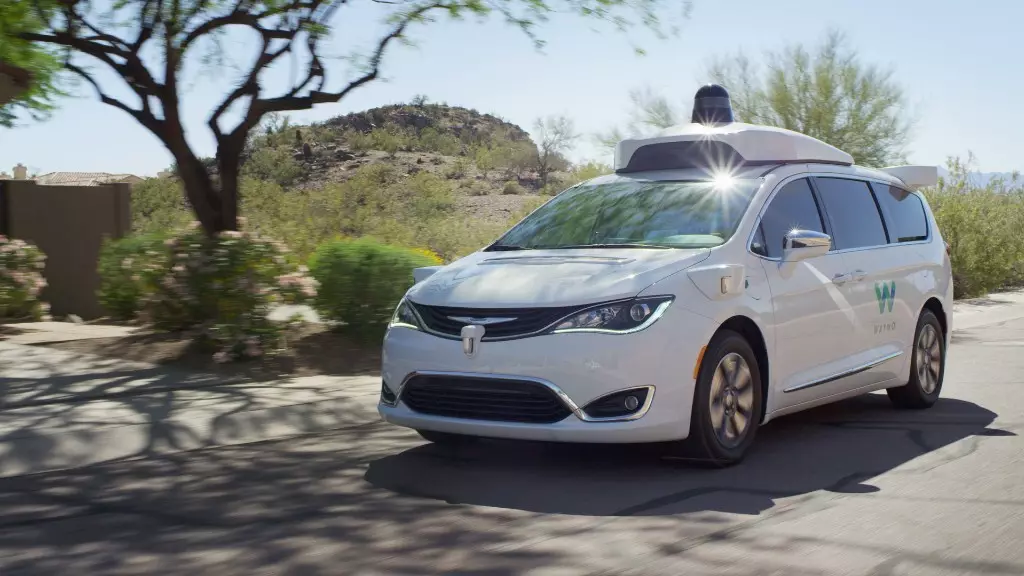According to researchers at the National Center for Atmospheric Research in Boulder, Colorado, USA, natural phenomena that often hit our planet, such as solar storms, which lead to an increase in magnetic activity and radiation, can interfere with the proper functioning of autonomous driving systems.
At issue are, for example, the connections between the car's GPS system and the satellite that will show the vehicle the path to take. There is even a danger that, in the case of the strongest solar storms (the scale goes from 0 to 5), the electrical and communications systems will fail.
Autonomous cars cannot be handed over to the GPS alone
For Scott McIntosh, director of the High Altitude Observatory, a structure inserted in the National Center for Atmospheric Research in Boulder, car builders cannot leave autonomous cars only and only to the GPS systems, since the interferences to which they are subject , can make them a danger to humans.

Scott McIntosh, director of the High Altitude Observatory, tells BloombergThere are many implications arising from this option, especially when analyzed from a current point of view. The truth is that this could result in a series of accidents, with the industry suffering the repercussions.
LIDAR is a solution, says industry
However, it is also true that the teams of engineers involved in the development of autonomous driving have already started to develop ways to combat this permeability to external factors.
In particular, making the technology that is at the base of autonomous driving more trusting in sensors and LIDAR — an optical technology, which uses lasers installed in vehicles, capable of “seeing” the surrounding space, measuring the distance between them and the obstacles — as well as on the high definition maps installed in navigation systems. Solutions that, in case the car is hit by external natural phenomena, will allow, from the outset, the vehicle to continue its course, without major problems.

Nvidia defends added value from redundancy
For Danny Shapiro, senior director of the automotive division at Nvidia Corporation, the company responsible for developing the chips and artificial intelligence systems used by the vast majority of car manufacturers, the issue of interference caused by natural phenomena is something easily overcome. The offer of autonomous cars will have to rely on sufficient redundant systems, capable of guaranteeing an adequate response, when faced with this type of situation. And that, in this way, they do not need to use satellites.
Danny Shapiro, Senior Director, Automotive Division, Nvidia CorporationWith the detailed information that the systems installed in the vehicle are already able to collect with a view, for example, to a safe and autonomous change of lane, or in the perception of exclusive lanes for bicycles, the truth is that there is not even time to pick up all these data, send it to the cloud and wait to receive it back, already processed. It is possible to do this when we are faced with questions at the moment, such as what is the fastest route to the nearest Starbucks.
